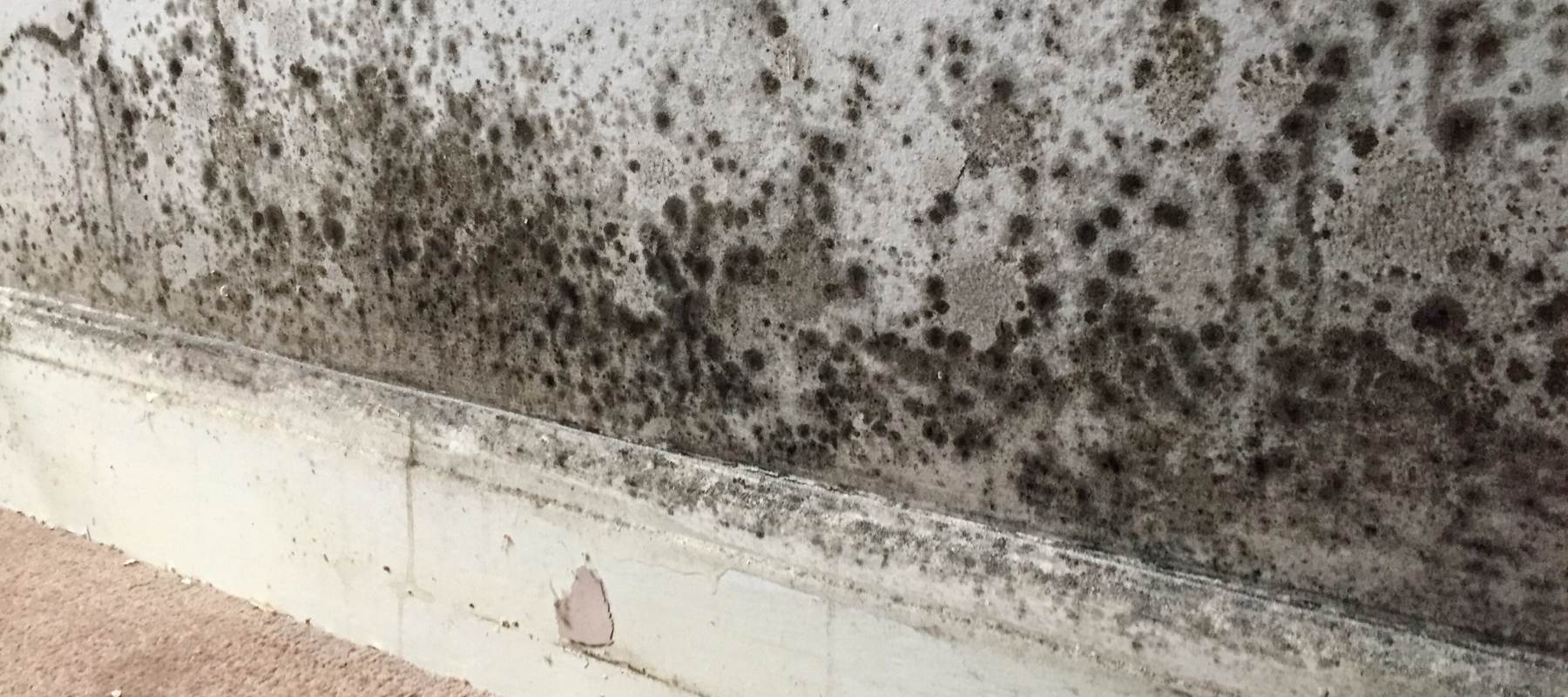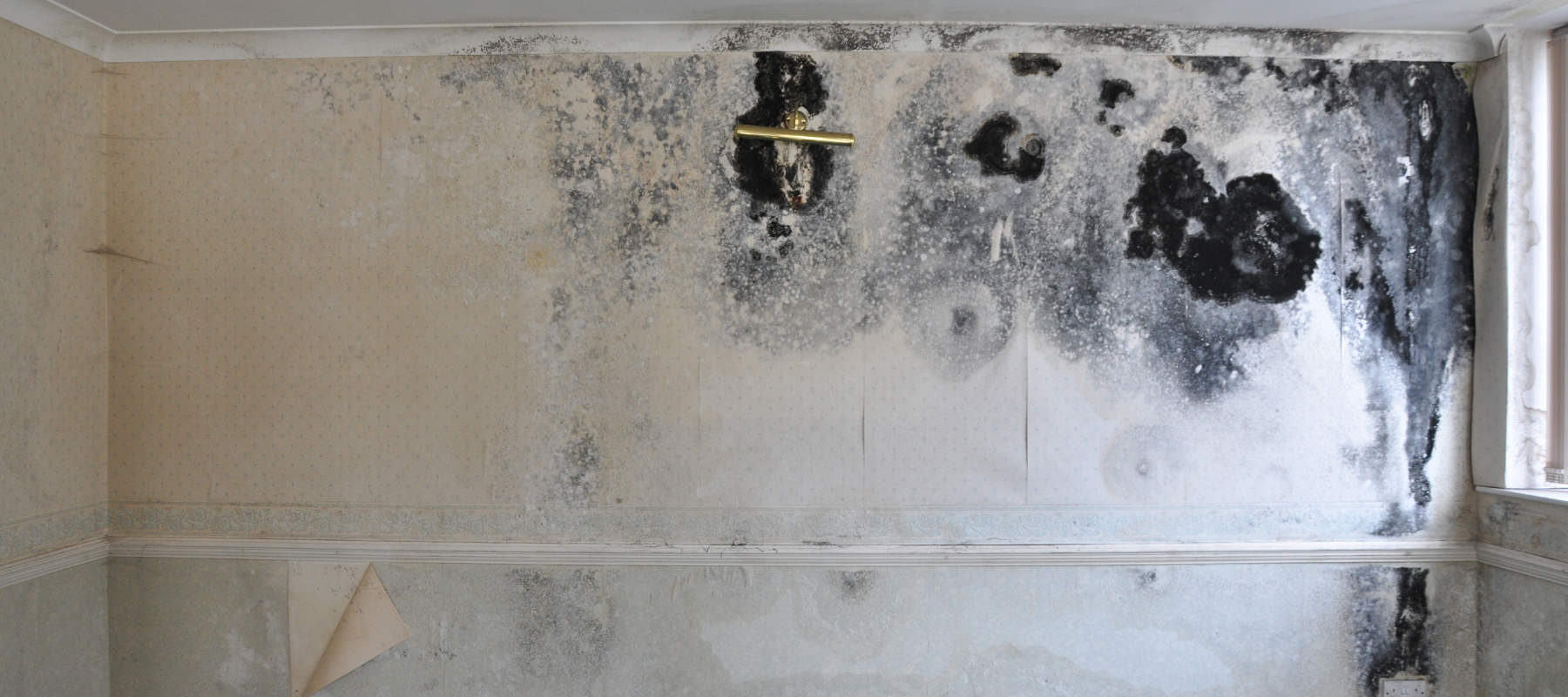
How Do I Remove Mould After A Flood Damaged My Home?
By: 911 Water Damage Experts
Mould and mildew are fungi, which are small organisms that flourish in damp environments.
And yes, moulds are an essential component of the environment; without them, soil enrichment processes and the decomposition of leaves would not be possible. Yet, mould is an issue for people since it can damage organic things, which can occur in our houses and on our bodies.
On wood items, cardboard, wallpaper, carpets, drywall, cloth, plants, edibles, insulation, decomposing leaves, and other organic materials, mildew (early stage mould) and mould grow.
How Fast Can Mould Start To Grow?
On a moist surface, colonies of mould can begin to grow within 24 to 48 hours. Spores, which are minuscule, airborne “seeds” are how they proliferate.
Moulds have the potential to harm your house as well as create mild to serious health issues.
If your home sustains water damage as a result of flooding, sewage backup from nearby flooding, plumbing or roof leaks, a damp basement or crawl space, overflows from sinks or bathtubs, or high humidity, mildew and mould will begin to grow within 24 to 48 hours of water exposure in places like dryer vents, humidifiers, and steam cooking.
Even worse, it won’t stop growing until action is taken to stop the moisture source and effectively address the mould issue.
How Do I Fix My Mould Problem?
Mould fixing tools you’ll need:
-Gloves (latex, rubber) (latex, rubber) Painter’s or respirator mask
-Buckets garbage bags
-Cleaning brush Dry-Wet shop vacuum
-Broom and mop Wipes and rags
-Detergents, soaps, or commercial cleaners (based on phenolic or pine-oil) without ammonia
-Disinfectant 10% solution of chlorine bleach equals 11/4 cups bleach to a gallon of water
Dry Out Your House Damaged By Water Or Mould
If the wiring is damp or mouldy, turn off the main power. Before turning the power back on, have an electrician inspect the house’s electrical system. When the humidity outside is lower than inside, let fresh air into the house.
If mould hasn’t already started to form, remove excess moisture with axial fans and dehumidifiers (fans may spread existing mould).
Operate the furnace only if the forced air central heating ducts have not been submerged, ducts that have been exposed to water or mould should have a professional inspection.
Take out all the damp things, including the carpet, rugs, furniture, bedding, and toys. Throw away any mouldy or wet carpets! Clean and sterilise additional things.
Remove all damp or contaminated porous materials from interior walls and ceilings, including drywall, ceiling tiles, and wood byproducts.
Remove the wallboard and discard it if it is wet up to a foot above the water line. Remove the baseboard and drill holes close to the floor to drain the walls. Pull the bottom edge of a dry panel-style wall away from the studs. Look inside the wall for any concealed mould.
Remove all damp insulation from floors and exterior walls. Except for hard insulation, which can be reinstalled after cleaning and drying, discard everything else.
Cleaning And Disinfecting For Water Damage Restoration
Ensure sure the workspace is properly ventilated before you start. Put on gloves, a mask, and eye protection.
Clean a small test patch to see if mould is present. If you believe the work will have a negative impact on your health, you might want to consider getting a pro mould removal company near you to do it for you.
Disinfectants are meant to be used on things that have already been cleansed. Use hot water and a non-ammonia detergent to wash goods made of metal, glass, solid wood, plastic, and other non-porous materials.
On materials with rough surfaces, such as concrete, use a firm brush.
To remove water and clean objects like studs or exposed wood frames, use a Wet-Dry shop vacuum. Apply a 10% bleach solution to all surfaces that have been cleaned.
Porous materials: They include books and papers, rugs, clothing, upholstered furniture, bedding, clothing, curtains, and furniture composed of pressed particle materials.
Choose to keep a contaminated thing or not?
Always remember to discard items when in doubt. A phenolic or pine-oil cleanser may be able to clean and disinfect a piece of equipment if it has been wet for less than 48 hours.
Following thorough drying, it should be checked for fungal growth and odours for several days; if either appears, the item should be thrown away.
Before starting to reconstruct, replace, or return objects, let the wet or contaminated area to dry completely (often two to three days). For advice on rebuilding and replacing to dry, see the section on MOULD PREVENTION.
A Few General Tips
-Since moulds produce mould spores when disturbed, use caution when cleaning and disinfecting them.
-Never combine bleach and ammonia; the resulting vapours are poisonous.
-Use extra caution or consult a specialist when throwing away mould-contaminated goods.
Adversary Health Issues To Mould
Both inside and outside the home, all are exposed to different types of mould. Under moist or wet situations, especially when prompt drying out does not have a chance to happen, mould exposure is increased.
There are thousands of different types of mould, some of which are known allergens (causing or exacerbating skin, eye, and respiratory issues), and some of which create dangerous mycotoxins that can have significant consequences. But all moulds have the potential to harm human health given the correct circumstances and sufficient concentrations.
Here are the typical signs and symptoms of mould exposure:
-Respiratory issues, such as wheezing and asthma attacks
-Congestion in the nose and sinuses or a dry, hacking cough
-Itching, burning, and redness in the eyes
-Inflammation of the nose or throat—sneezing bouts, bloodshot eyes
-Skin irritants like hives or rashes
-Nervous system: headaches, forgetfulness, and mood swings
-Pains and aches
Toxic black mould, Stachybotrys, has been linked to more severe health issues. The mould is slimy and greenish-black, looking like tar or black paint. Stachybotrys normally only develops on frequently moist cellulose-containing materials, such as paper, ceiling tiles, and all types of wood.
Most of the time, a thorough cleaning with a 10% bleach solution will get rid of this mould. An expert with experience may be needed if there is a serious mould infestation and cases like Stachybotrys arise.
Sensitive people should wear tight-fitting masks or respirators if mould exposure is inevitable.
Without the proper equipment, the chances of mould reappearing is highly likely.
How To Prevent Mould From Growing In My Home?
You cannot realistically get rid of every mould and mould spore in the interior environment. Yet, there are numerous strategies to assist in preventing mould formation in your house. Here is a sample of them:
-Turn off the water.
-Repair any pipe leaks as well as any wet spots around sinks and bathtubs to prevent the growth of biological pollution.
-Rebuild or remodel using water-resistant building materials, such as deep-sealed concrete, deep-set tiles, stainless or galvanised steel hardware, indoor/outdoor carpets, waterproof wallboard, water-resistant glues, etc.
-Stop the seepage of water from entering your home from the outside. Rain water from gutters or the roof needs to flow away from the house. In order to keep the basement and crawlspace dry, the ground around the home needs to slant away.
-Use plastic to cover the earth in crawlspaces to keep moisture from the ground from entering. Maximize the amount of ventilation in the space.
-Keep materials dry and clean frequently. Mildew growth is aided by soil. Clean fabric products should be kept in well-ventilated spaces.
-If you believe there may be mould on the interior surface of the duct or if the duct insulation has been wet, you should think about having the ducts cleaned.
-Dry it out and use dehumidifiers, fans, open windows, or air conditioners to lower the humidity in the air, especially during warm weather. If you suspect mould is present, don’t use fans.
-Make an effort to keep your home’s humidity level below 40%.
-Choose carpets made of man-made fibres for locations that are prone to wetness.
-By insulating, you can lessen the chance of condensation on cold surfaces.
-Disinfect it using a 10% bleach solution (11/4–11/2 cups bleach to a gallon water) or with a professional disinfectant. Check regularly for mouldy odours in probable issue areas (such as bathrooms, laundry rooms, mechanical rooms, etc.).
If you have any questions about our article “How Do I Remove Mould And Mildew After A Flood Damaged My Home?” or need a mould removal company near you, call us at 1-833-WE-DRY-IT any time 24/7/365 or chat with us in near real-time on Facebook.
Related Posts
Mould Removal Restoration Articles
5 Signs You Have Mould Growing In Your Walls
“Can I Remove Mould Myself?” Our Mould Removal Experts Have Answers
7 Must-Know Reasons Why You Should Get A Mould Inspection Before Buying A House
Does Mould Attract Bugs? Yes And Here’s What Kind And Why
How To Remove Mould From The Attic [Mould Prevention Tips Inside]
How Rain Causes Mould Growth-Prevention Tips Included
Must-Know Tips: How To Remove Mould In Your Basement
Water Damage Restoration Articles
What you can expect from a fire damage restoration company
Water damage prevention tips from the most common problems we’ve seen
Top causes of water damage in commercial buildings and how to find them
Must-know water damage tips: What to do after your house floods
What does good water damage restoration look like?
DIY water damage restoration and the hidden dangers
How to choose the right water damage company
Flast floods: What to do before, during and after a flash flood
What to do when your attic leaks?
Fire Damage Restoration Articles
How to clean up after a house fire
Fire damage restoration checklist
Fire damage tips: 6 hazards property owners miss
How smoke from fires can negatively affect your health
What are the most common causes of house fires?
10 helpful smoke damage cleaning tips
Related Water Damage Services
Fire damage restoration services
Water damage restoration services
Emergency cleanup services
Mould removal services
Weather damage services


